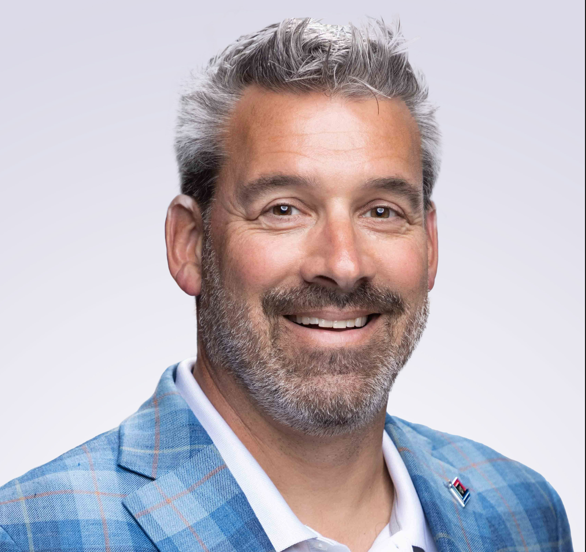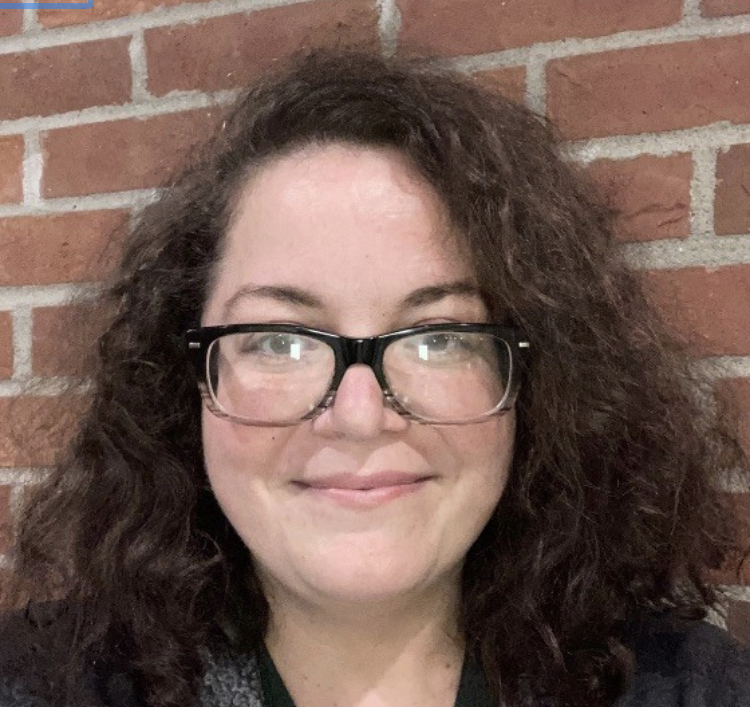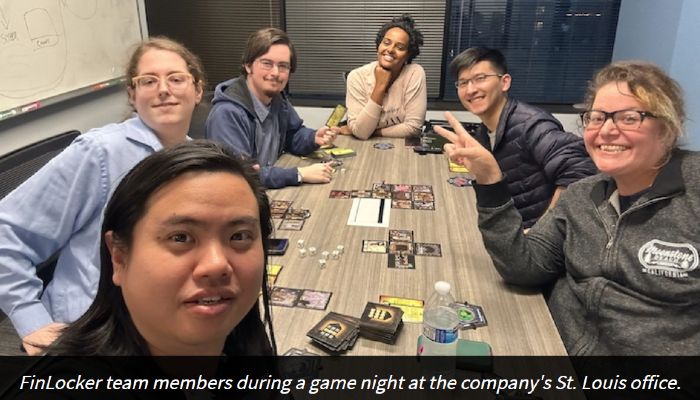The financial fitness platform’s inclusive internal culture has translated into a more accessible product design and user experience.

Brian Vieaux. (Courtesy photo)
“Unlike any other solution in the mortgage market, FinLocker focuses on the consumer first and before they enter the mortgage process. By doing so, we are expanding our consumer base by helping all consumers, especially the underserved consumers, to get on a path towards financial wellness,” said Brian Vieaux, President and COO of FinLocker. “We are addressing barriers for consumers who may be months and even years away from applying for a mortgage and need help understanding their options, organizing their finances and building confidence in the often-obtuse mortgage process. Through our platform, consumers build a combination of financial literacy and financial fitness for homeownership, not just for a mortgage.”
According to Vieaux, historically, when underserved consumers (such as those that are not imminently eligible for a mortgage due to poor credit or low reserves) apply for a mortgage, they are given a hard “no” from banks or lenders with very little help to turn around their financial circumstances. FinLocker provides hopeful homebuyers with a clear understanding of why they weren’t approved and guides them through a personalized financial wellness pathway to improve their loan eligibility, so their next mortgage application will be stronger.
“We aim to turn that ‘no’ into a ‘not yet,’” said Vieaux.
Founded in St. Louis, Missouri, with a satellite office in the DC/Virginia area, the mostly-remote 40-person fintech startup is driven by its mission to build financially fit homeowners. Using its own patented technology and proprietary analytics, the FinLocker platform securely aggregates and analyzes a consumer’s enrolled financial data to create a home-buying journey personalized to each one’s financial situation. The product was developed for mortgage lenders, banks and credit unions — which have the option to brand the app as their own — but designed to be used by their customers. Within the platform, users can track their progress towards homeownership readiness by viewing their financial picture and improving the areas (such as credit score or downpayment savings) needed to achieve their homeownership goals.

Ted Uy. (Courtesy photo)
To deliver a meaningful digital experience to a wide variety of users, the engineers at FinLocker must maintain a deep understanding of what prospective homeowners want and need from the platform. Lead Mobile Engineer Ted Uy said his team pays special attention to product analytics (using internal tracking viewed through PowerBI, Google Analytics and more) to track user engagement.
“We hold analytics meetings every week to decide which features to move forward with,” said Uy. “We look at every user’s clicks and where they drop off the site to decide what’s working and what isn’t. Then we adjust and optimize accordingly.”
In a “continuous learning” effort to improve upon the platform and deliver more user value every day, the team seeks constant feedback through multiple channels. In addition to regular interviews with end users and clients, FinLocker went so far as to create a special “friends and family” version of their product — KinLocker — to encourage more direct and ongoing feedback loops. The Agile-based iterative approach has enabled the team to thoughtfully and strategically evolve the product for a growing user base and rapidly increasing engagement. In one example, monthly active users (MAU – a standard metric for tracking the number of users returning to the app each month) grew 5x over six months.
For QA Analyst Mickey Babbitt, platform inclusivity is evaluated through the lens of product accessibility.

Mickey Babbitt. (Courtesy photo)
“I’m looking to reduce visual noise,” said Babbitt. “I’m asking myself, ‘Is this readable? Is there enough contrast?’”
Babbitt only began her career at FinLocker just under one year ago. But as someone who was previously intimidated by the homeownership process, she immediately connected with the company’s mission to help consumers achieve mortgage readiness.
“My number one goal is to make the product more inclusive,” said Babbitt. “I want to help get people into homes who may not have previously been able to buy a home. If I can do that, I’ve done my job.”
Babbitt’s passion for the work is echoed by other employees, who agree that FinLocker’s culture of collaboration gives them the voice they lacked at prior companies — which, in turn, makes them want to work even harder for the financial fitness platform.
“We decide together what the product will be,” said Uy. “Everyone has an equal voice. There’s no wrong. No one will judge you.”
The team has also found that with various voices comes an array of perspectives that strengthen the product. That’s why Lead Designer Angela Cross makes it a point to tell her team to speak up when they have ideas.

Angela Cross. (Courtesy photo)
“I want people around who help me see things differently,” said Cross. “If you live by ‘this is the way it’s always been done,’ you’re not looking towards the future. And that’s where we’re looking.”
With inclusion rooted in FinLocker’s culture and product development, it’s no surprise the employees represent diverse backgrounds, experiences, skills and expertise. FinLocker provides a collaborative work environment that encourages everyone to contribute their ideas and perspectives to improve the product technology and user experience for lenders and consumers. If you’re a self-motivated, nimble and creative technologist looking to make an impact at a young company, click here to learn more about FinLocker’s culture and opportunities.
Article first appeared on Technical.ly.

